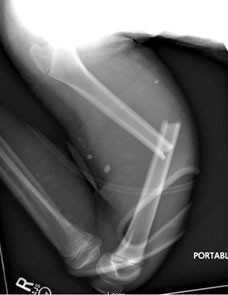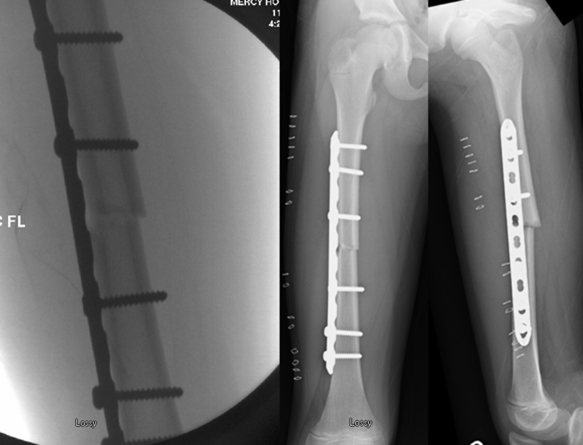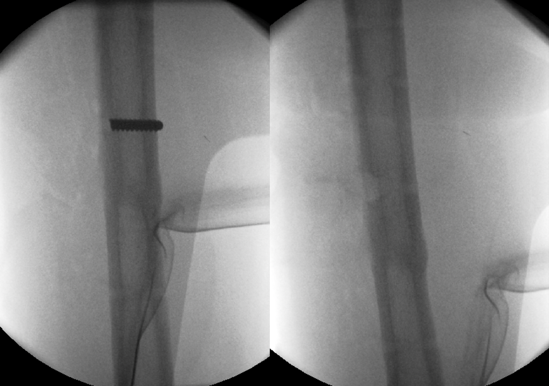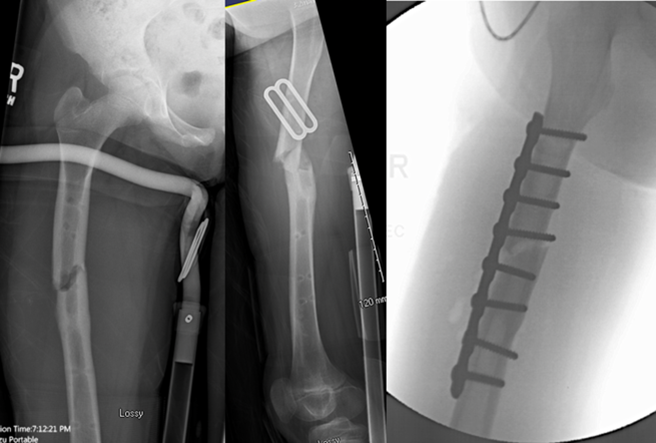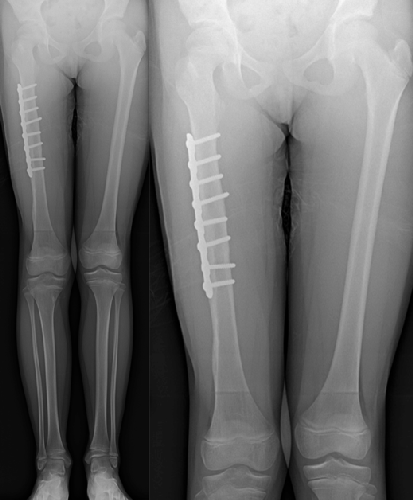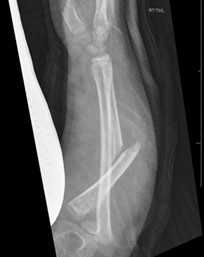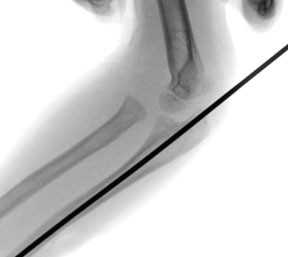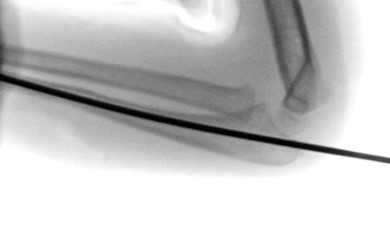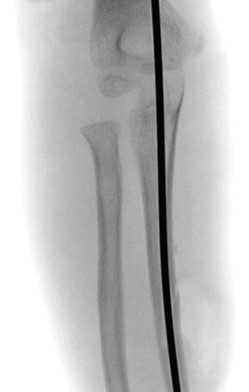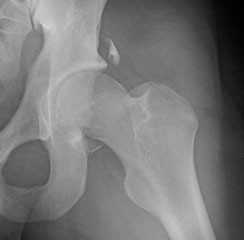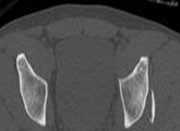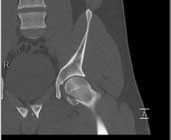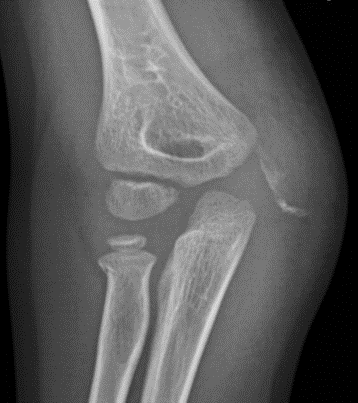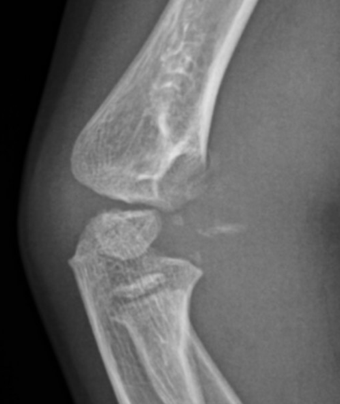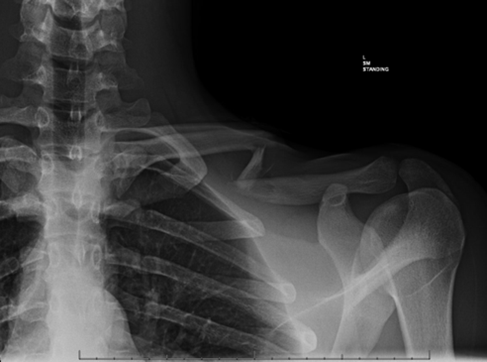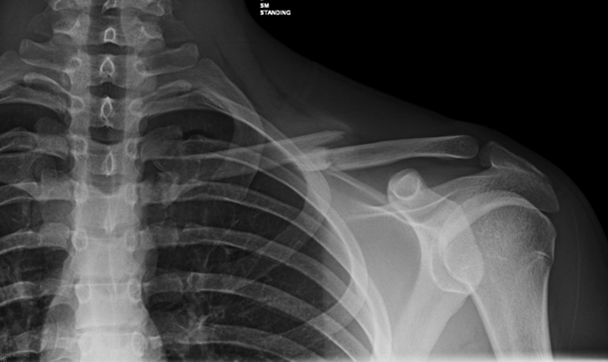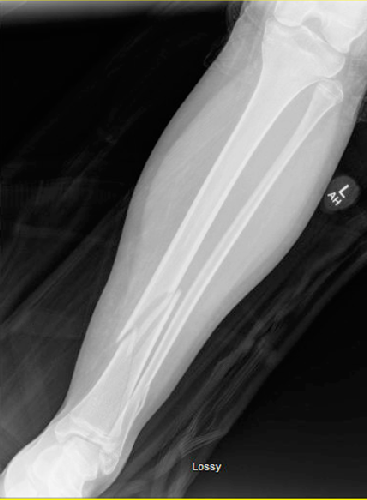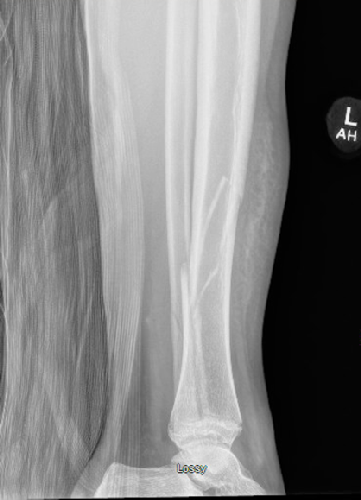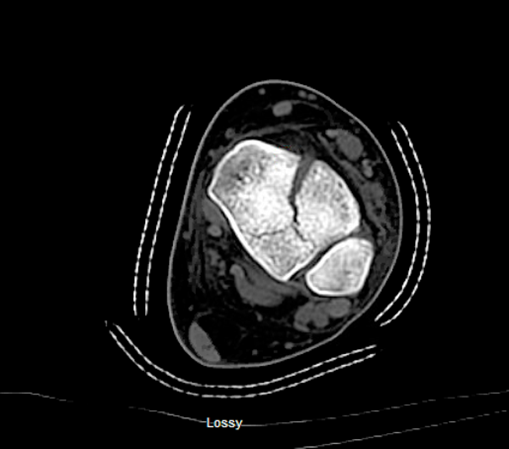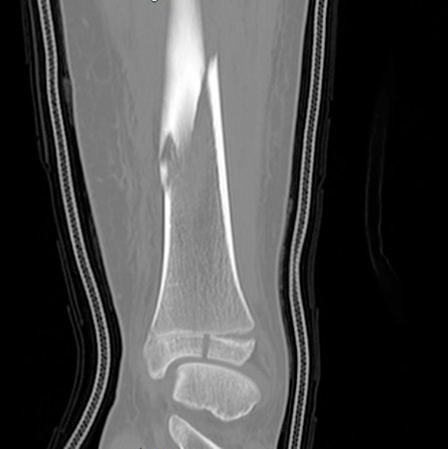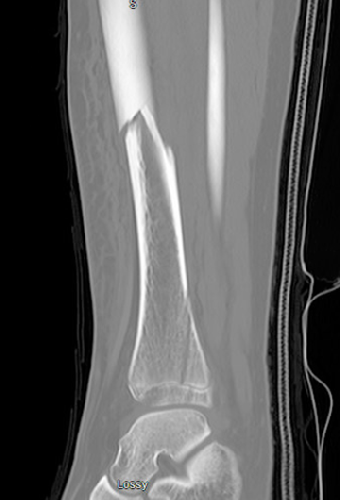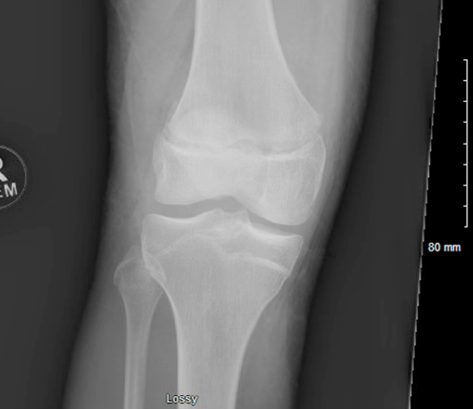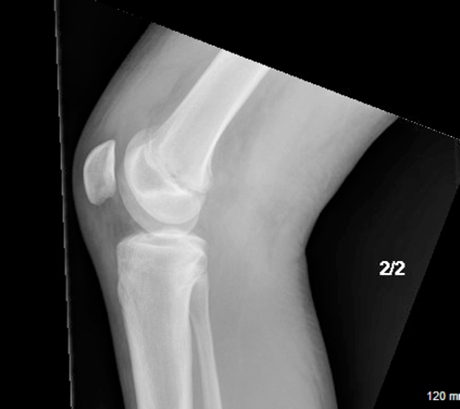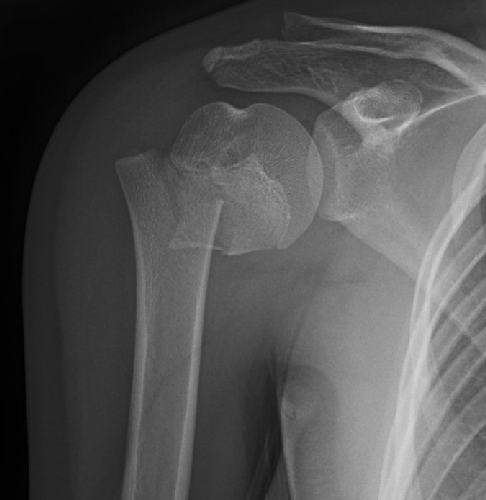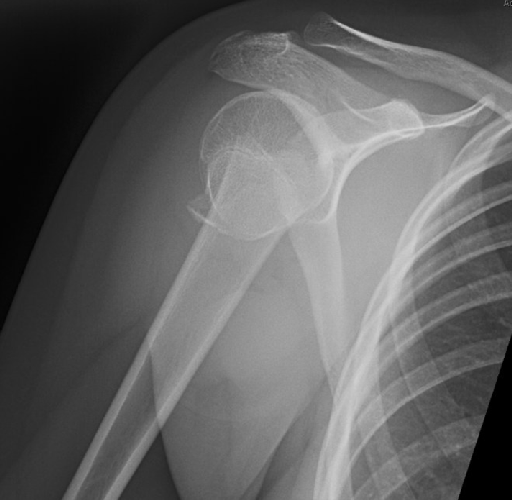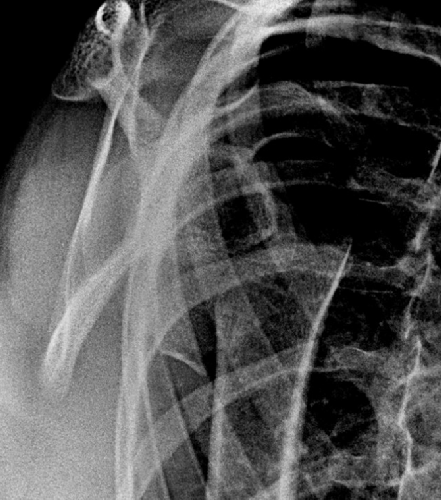JPOSNA May 2023: Trauma Quiz
{"name":"JPOSNA May 2023: Trauma Quiz", "url":"https://www.quiz-maker.com/QQ02XU4SC","txt":"Quiz Authors Patrick Bosch, MD1; Philip McClure, MD2; Z. Deniz Olgun, MD3; Benjamin W. Sheffer, MD4; Trauma, Prevention, and Disaster Response Committee 1Alburquerque, NM; 2Rubin Institute for Advanced Orthopedics, International Center for Limb Lengthening at Sinai Hospital, Baltimore, MD; 3Pediatric Orthopaedic Division, UPMC Children’s Hospital of Pittsburgh, University of Pittsburgh, Pittsburgh, PA; 4Department of Orthopaedic Surgery and Biomedical Engineering, University of Tennessee-Campbell Clinic, Memphis, TN, An 8-year-old female suffers a femur fracture (Figure A) that was treated with plate fixation (Figure B). At four months, she had her implant removed (Figure C); one week later she fell during gymnastics and had a recurrent fracture (Figure D) that was treated with repeat ORIF with a plate. Six months later, her refracture is healed, but she is unhappy with gait\/function and has vague leg pain with activities. Standing radiographs (Figure E) were obtained. The next best step in her evaluation or treatment is: Fig. A Fig. B Fig. C Fig. D Fig. E, A 6-year-old female fell onto her outstretched arm off balance beam and sustained injury to right arm (Figure A). She was taken to the operating room for surgical treatment. After the ulna was anatomically open reduced, a long Steinmann pin was placed to hold the reduction (Figure B). Intra-operative fluoroscopic image in supination was assessed (Figure C and D). The next step in her care is: Fig. A Fig. B Fig. C Fig. D","img":"https://www.quiz-maker.com/3012/images/ogquiz.png"}
